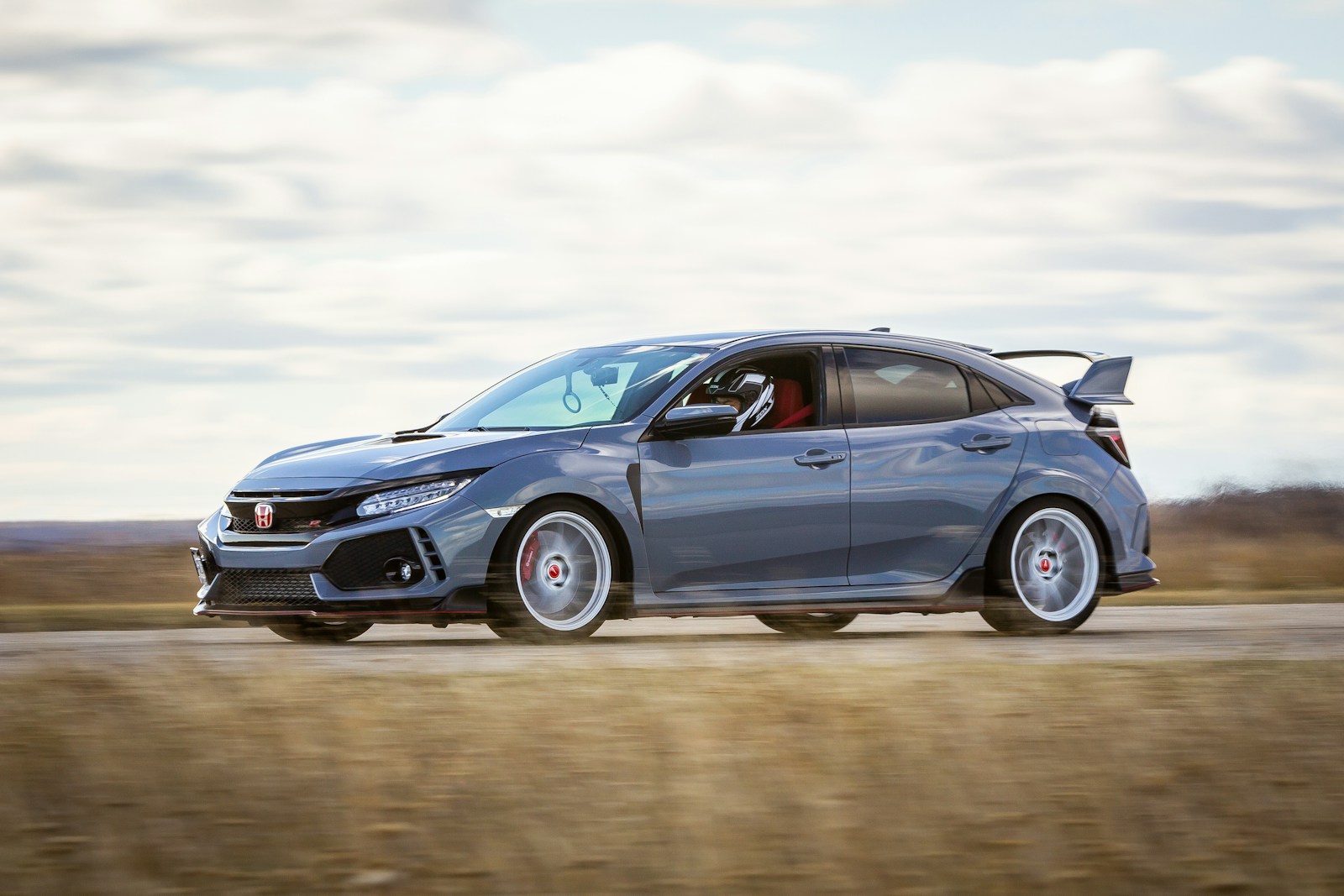When I first heard about run-flat tires, I figured they were just a fancy upgrade for high-end luxury cars. But after chatting with a friend who had a flat in the middle of the 405 during rush hour—and drove another 40 miles on her run-flats—I started wondering if these tires might actually be worth it, even for a daily driver like a Honda Civic.

So I did a deep dive. If you’re driving a Civic and considering run-flats, here’s what I learned after researching, asking around, and comparing real-world experiences.
What Are Run-Flat Tires?
Run-flat tires are designed to keep working even after a puncture. Most can be driven for about 50 miles at speeds up to 50 mph after losing air pressure. That means no pulling over on the freeway or scrambling for a jack and spare on the side of the road.

They’re especially appealing if you drive in areas where pulling over isn’t always safe—or convenient.
Do Run-Flats Fit a Honda Civic?
Yes, you can definitely install run-flats on a Honda Civic. You don’t need any special wheels or suspension setups, though it’s always smart to double-check with your tire shop. The Civic’s lighter frame makes it a good candidate for run-flats, especially for people who prioritize daily driving over performance.

The Pros of Run-Flat Tires on a Civic
Let’s break it down:
✅ Safety & Peace of Mind
This is the biggest reason people go for run-flats. If your tire blows out at night, in bad weather, or in an unsafe part of town, you can keep driving until you get somewhere secure. No more changing tires on the shoulder.
✅ No Need for a Spare
Since run-flats let you keep rolling after a puncture, you don’t need to carry a full-size spare or even a donut. That frees up some trunk space—a win in a compact car like the Civic.
✅ Built for Daily Drivers
If your Civic is your commuter car or grocery-getter, run-flats make sense for routine city driving. You probably won’t be pushing your tires to their performance limit, and the added convenience can be a lifesaver during a flat.
The Cons You Should Know
They’re not perfect, though. Here are the trade-offs I ran into while doing my research.
❌ Harsher Ride
Run-flats have reinforced sidewalls to support the car after a blowout, but that also means less cushion. On rough roads, the ride can feel stiffer. I test-drove a Civic with run-flats and definitely noticed more road feel than I’m used to.
❌ Higher Cost
Run-flat tires can cost anywhere from 25% to 40% more than regular tires. That adds up, especially if you’re replacing all four. Plus, they don’t usually last as long as standard tires.
❌ Limited Availability
Not every tire shop carries run-flats, and fewer offer a wide variety. That means you might have to wait for a special order if you need a replacement in a pinch.
Are They Worth It?

If you mostly drive locally and want extra peace of mind for emergencies, run-flats can absolutely be worth it. For Civic owners who don’t want to mess with roadside tire changes or who live in areas with limited roadside assistance, the trade-offs might be worth the cost.
But if you’re on a tighter budget or prioritize a smoother ride, you might be better off sticking with traditional all-season tires and investing in a good roadside service plan.
My Final Take
For me, I ended up passing on run-flats and opted for a set of premium all-seasons with better ride comfort and tread life. But I still think about those run-flats every time I’m driving solo through a sketchy area or stuck in traffic far from home.
They’re not a must-have, but they’re definitely a smart upgrade—especially if you’ve ever been stranded with a flat.
You Might Also Be Interested In:
- Best Tires with Rim Protection
- Best Quiet Tires for Highway Driving
- Top Budget Performance Mods for Honda Civic
FAQs
Q: How long can I drive on a run-flat tire after a puncture?
A: Most are rated for up to 50 miles at 50 mph, but always check the specs for your specific model.
Q: Can run-flat tires be repaired?
A: Sometimes. Light punctures in the tread may be repairable, but many manufacturers recommend replacing the tire entirely.
Q: Will run-flats affect my Civic’s fuel economy?
A: Slightly, yes. Their heavier construction can reduce MPG by a small amount, but it’s typically negligible in daily driving.
Let’s Talk Cars
Have a question? A suggestion? Just want to say hi?
You’re in the right place.
Use the form below to reach out to the AutoSpecs Daily team. We're happy to hear from readers, car lovers, first-time buyers, and anyone who's got something to share.
What can you contact us about?
- Feedback on one of our articles
- Ideas for new topics you'd like us to cover
- Questions about cars, gear, or general auto advice
- Media, partnership, or brand inquiries
- Anything else that's on your mind
We check every message that comes through and do our best to respond within 2 to 3 business days.
We don’t list an email address here to avoid spam, but the contact form is the best and fastest way to reach us.
Thanks for stopping by. We're glad you're here.

